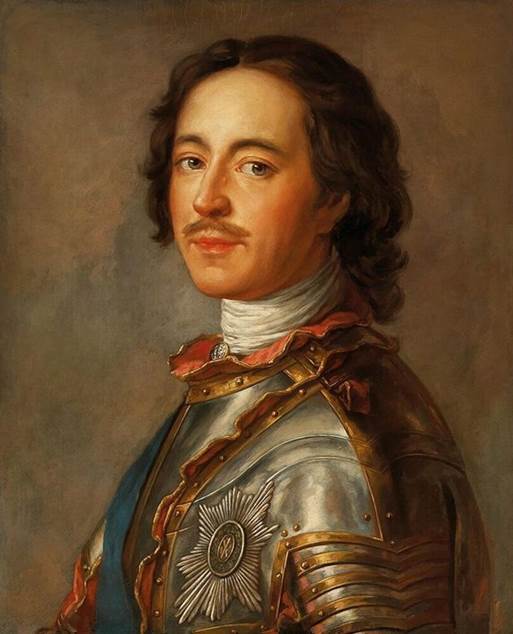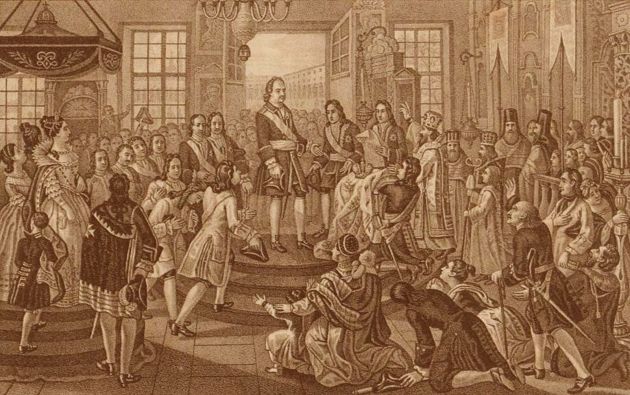Peter the Great’s reforms. On the Significance of Reforms for Russia and the Russian People
1
Stages of Peter’s reforms
Peter the Great’s reforms were the transformation of the political system of the Russian state and the transformation of the life of Russian society.

Emperor Peter I
They were carried out during the reign of Peter the Great in the XVIII century.
The reform activity of the emperor is divided into three stages:
before 1721 (Russia declares itself an empire);
1721 – 1725 (formation of the new Russian state);
In 1725 Peter the Great passed away.
The first stage is characterized by haste and lack of deliberation. This can be explained by Russia’s participation in the Northern War. The reforms of that time were primarily aimed at accumulating funds for the continuation of military operations.Often the collection of money from the population was carried out by violent means and did not give the expected results. Among other things, at the same time, extensive transformations of Russian society were underway to change the mentality and modernize the way of life.
The second period is characterized by consistency and meaningfulness. Some historians, such as V. Klyuchevsky, noted that Peter the Great’s innovations were only a self-evident consequence of the general changes of the 17th century.

Peter the Great was proclaimed Emperor. Source: Wikimedia Commons
The essence of transformation
Peter the Great’s reforms:
Public Administration Reform
- The Europeanization of Russian society, the desire to remake everything in the Western manner. Taxes on “wearing a beard”. Publication of the table of ranks. Emergence of collegiums.
Regional reform
- Consolidation of power verticals directly at the local level.
Control of civil servants
- Fiscal councils were established to secretly denounce officials who abused their power.
Military Reform
- Regiments of new formations according to the European model, mandatory recruiting sets.
Church Reform
- Complete subordination of the church to the state.
New Religion Policy
- Religious tolerance of other confessions.
Money Reform
- The appearance of a “kopeck”, a significant increase in the state treasury.
Transforming trade and industry
- Development of factories and plants, protection from high duties on foreign goods. Potatoes, tea and coffee appeared in Russia. Construction of St. Petersburg.
It is impossible not to notice the revolutionary nature of the transformations. The state and society were in need of renewal. Therefore, the reforms have been very effective.
